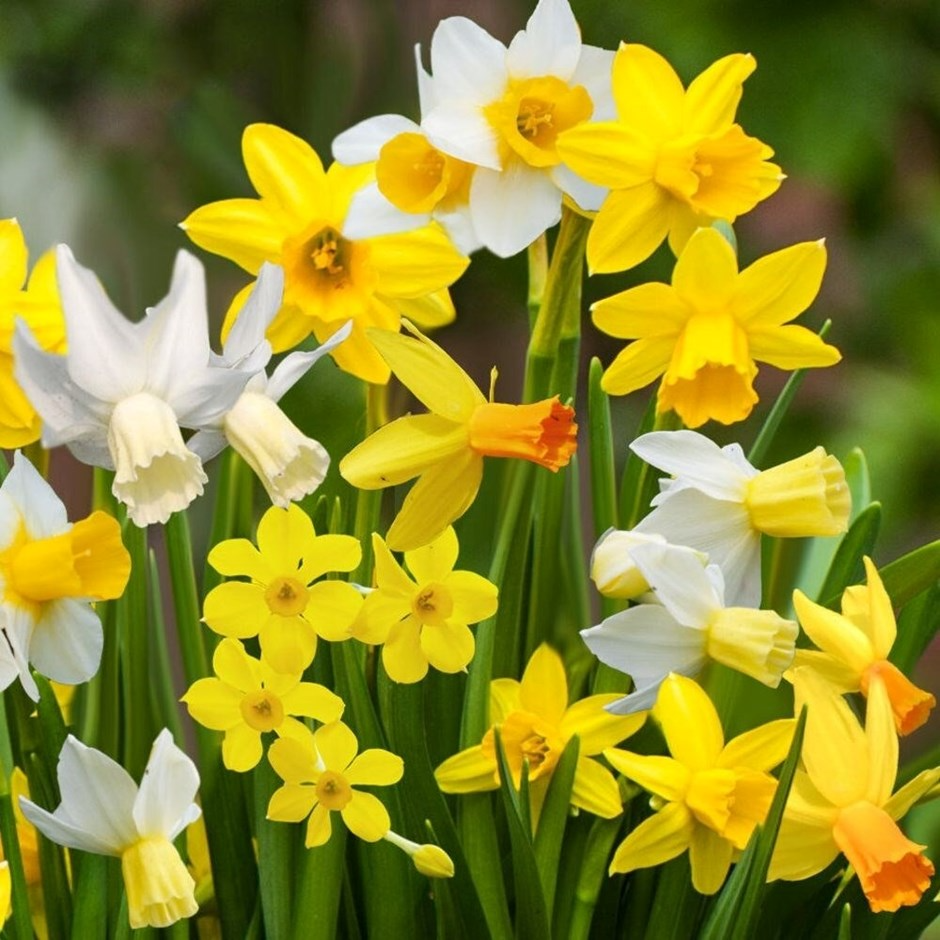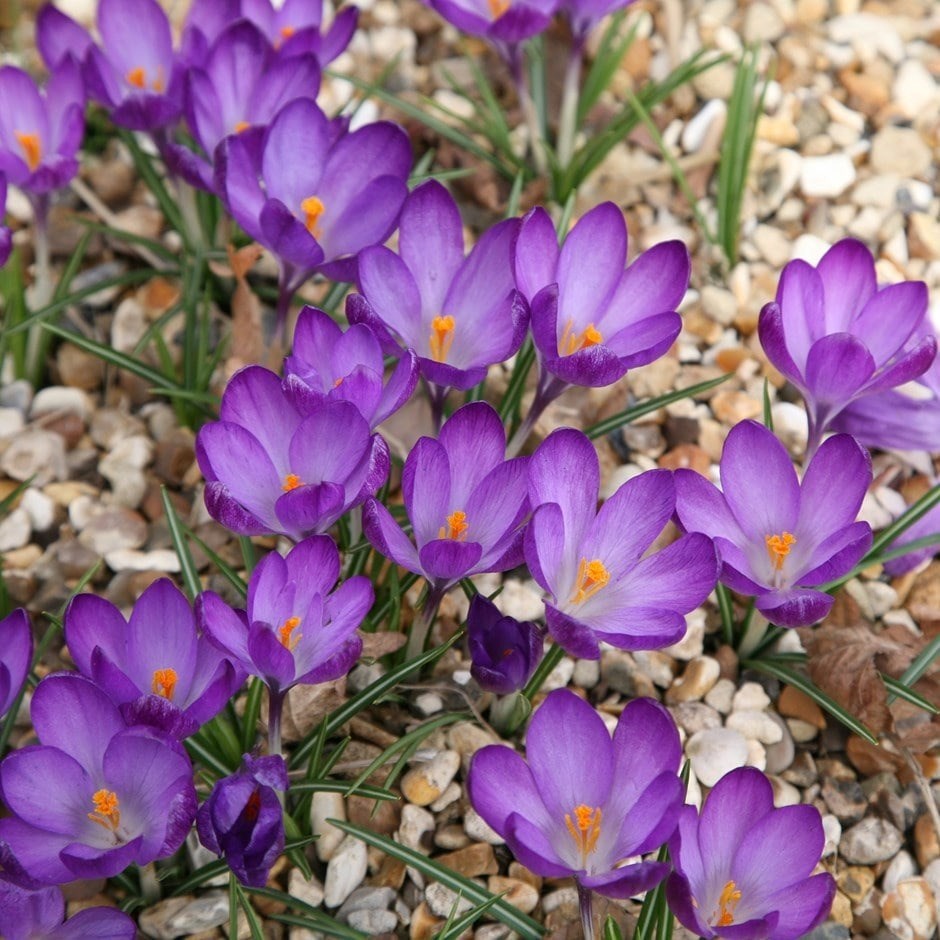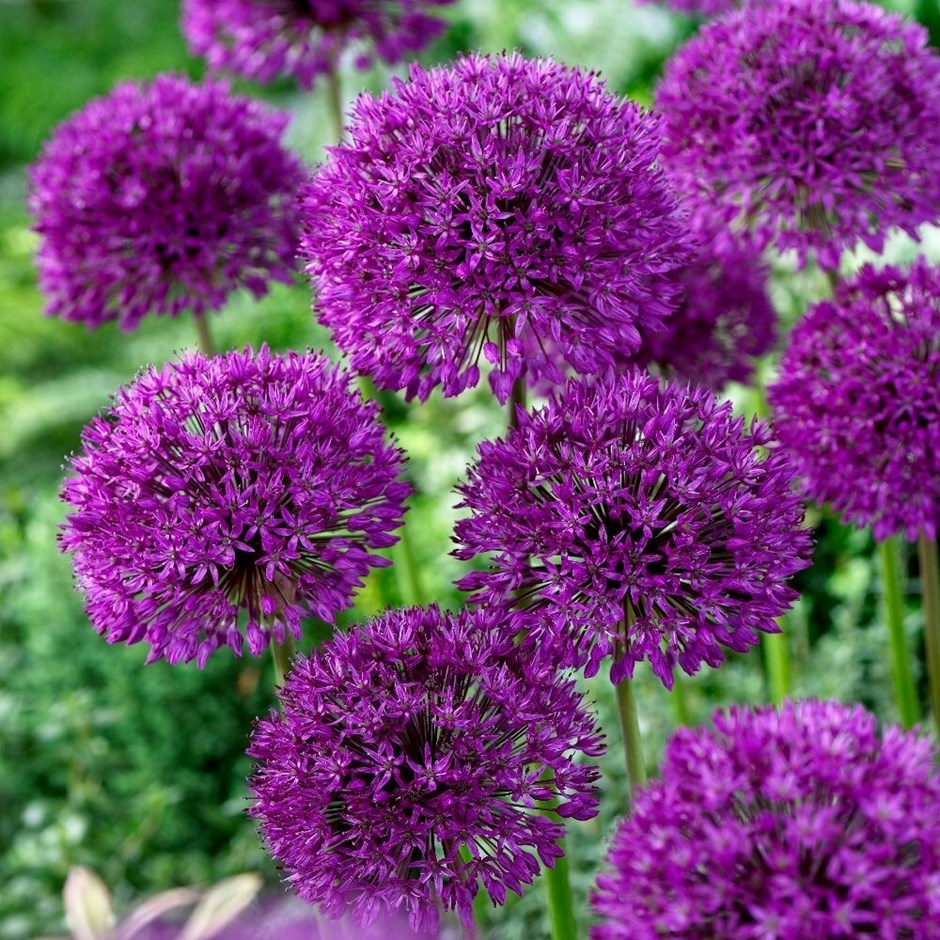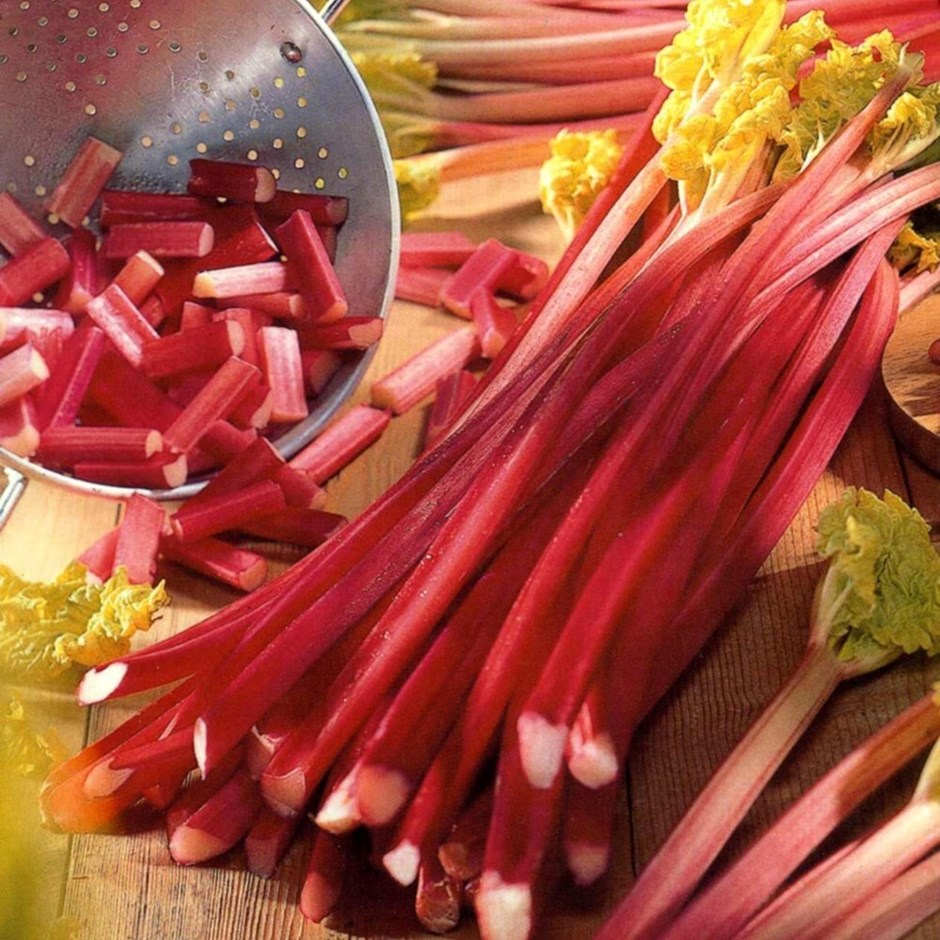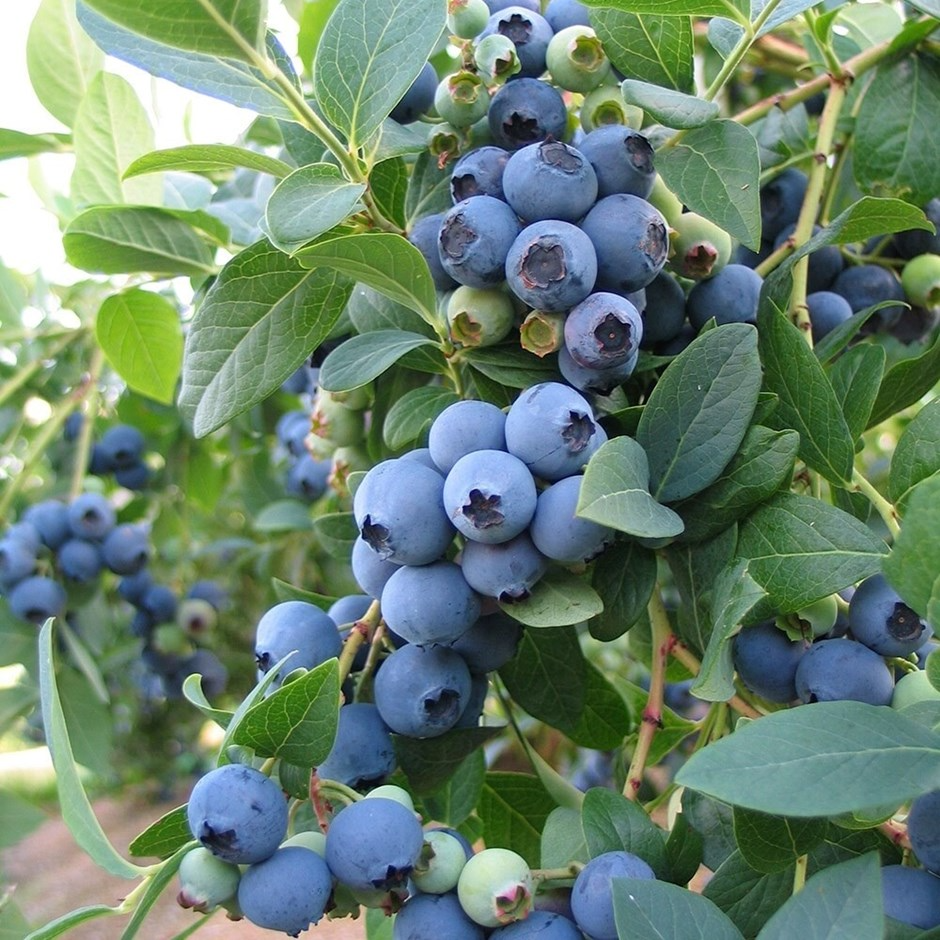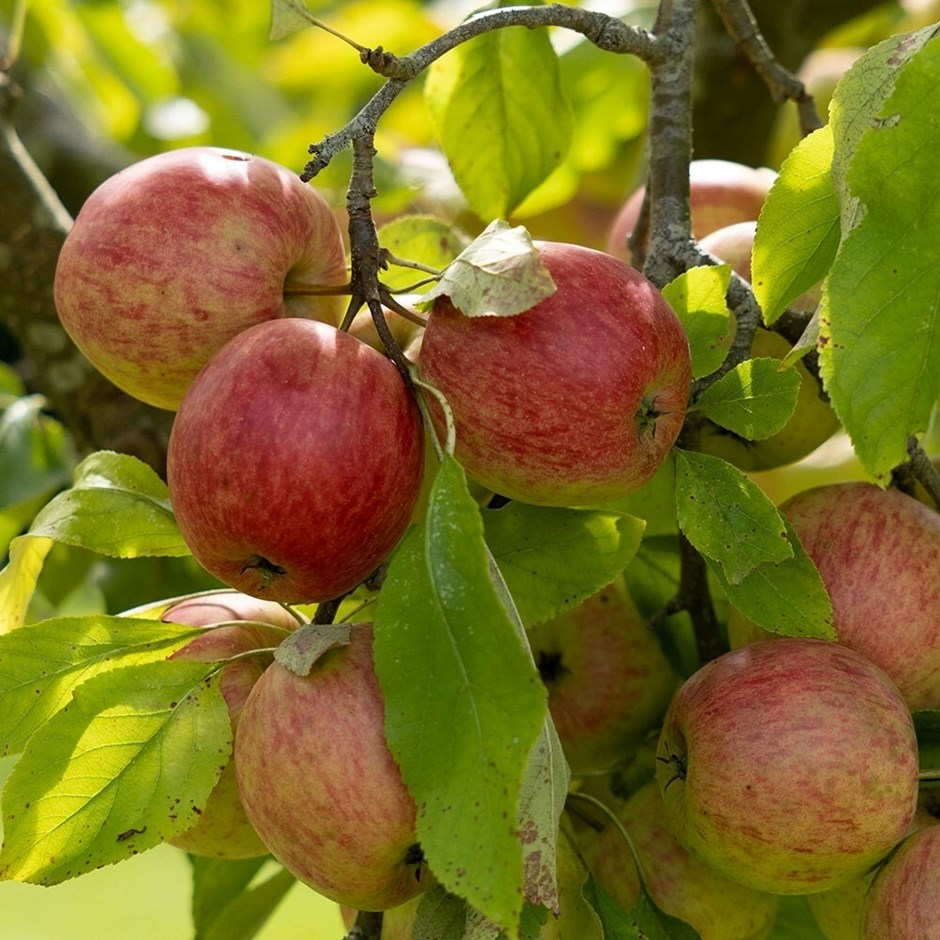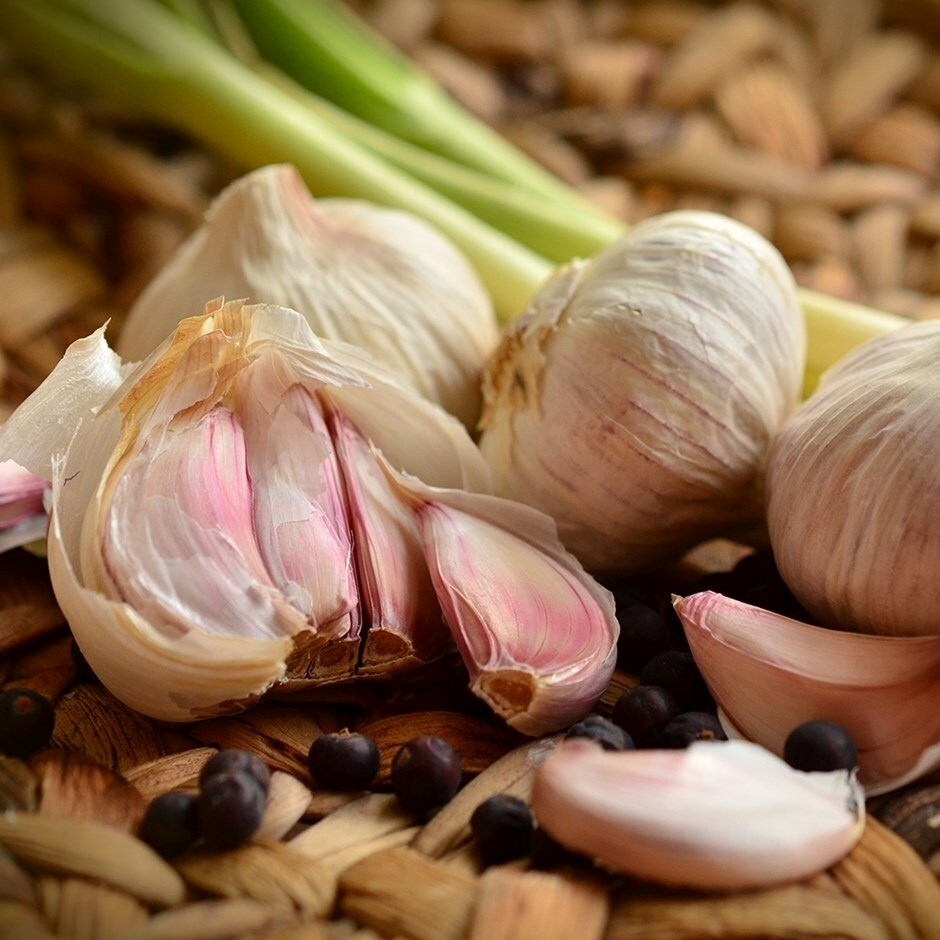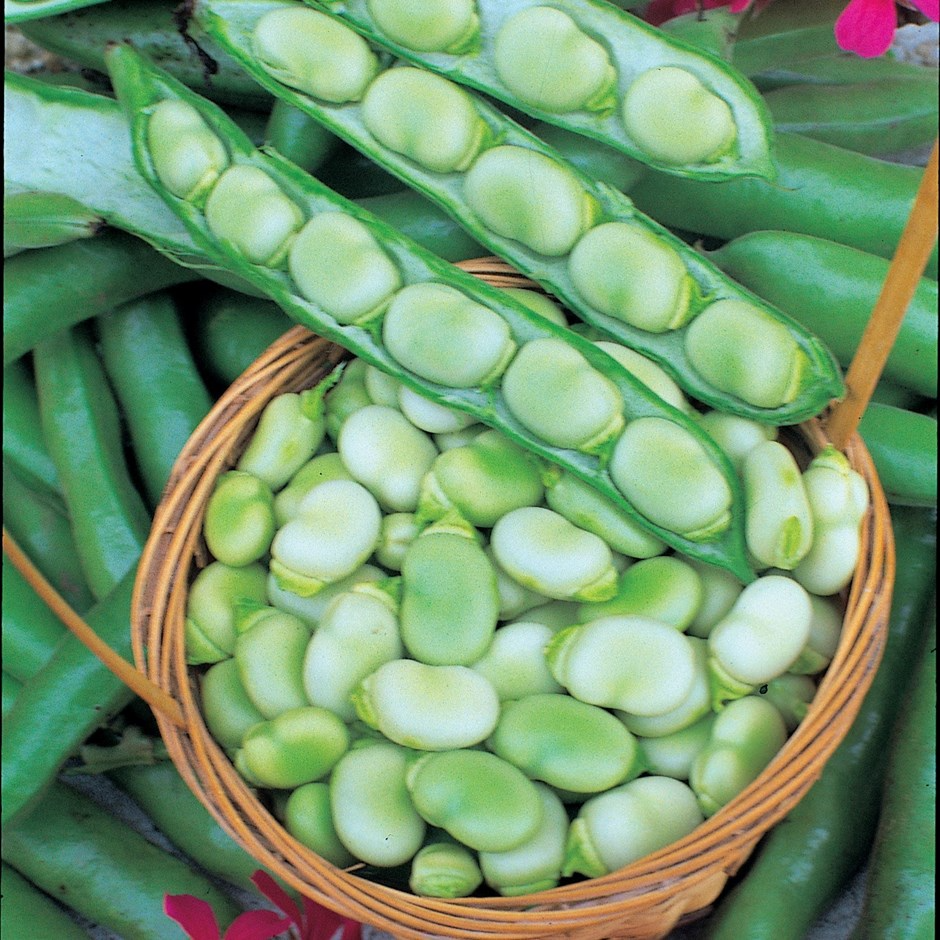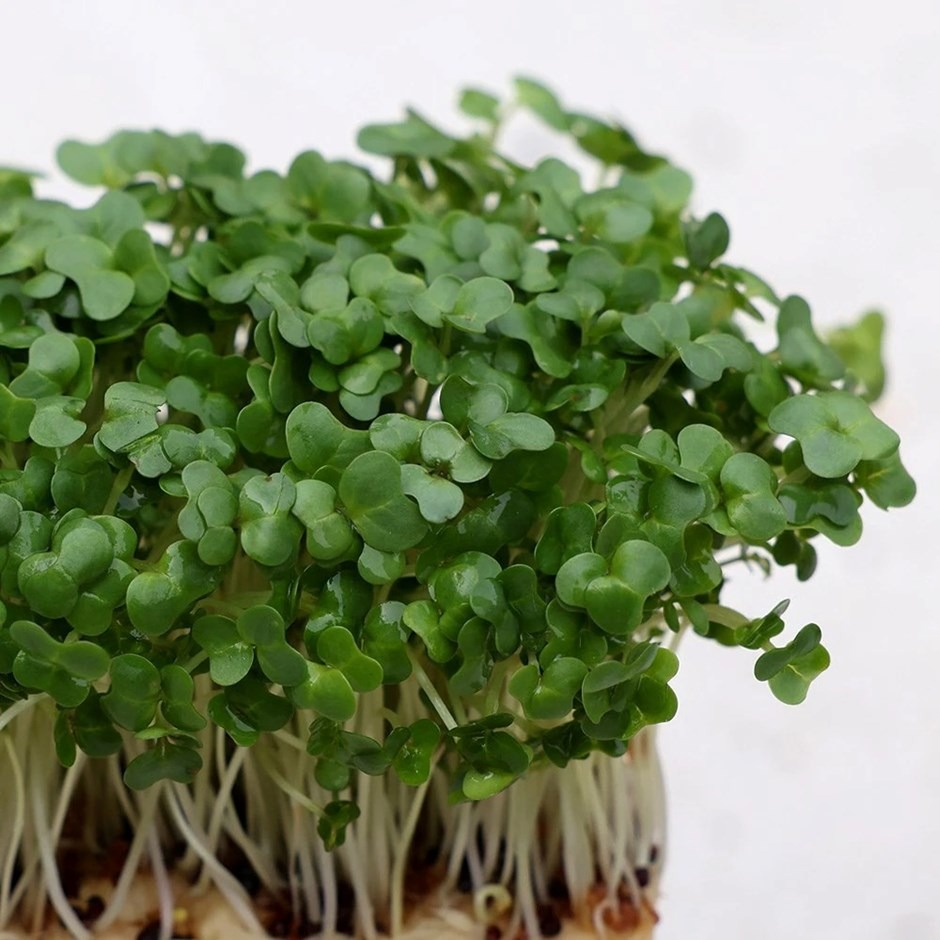October’s not just for clearing leaves — it’s your chance to give next year’s garden a head start. Whether you’re tucking bulbs in for a bright spring show or planting greens that thrive in cooler air, a bit of care now really pays off later. Keep an eye on the forecast, tend to your soil, and don’t forget a warm jumper while you’re out there. There’s real joy in knowing that beneath the soil, next season’s colours and flavours are already getting ready to grow.
As ever, if you’d rather read about allotments and the best plants for your non-garden patch, you can read about October Allotments here. If not, let’s do it and learn what to plant in October!
Jump to:
What Flowers to Plant in October
Camellia
Sometimes white, sometimes pink, sometimes red but always dainty. Camellias are great ornamental shrubs for a splash of late- or early-year colour, depending on the variety and when you plant them. Plant with acidic/ericaceous compost in a mid-size pot to help keep the acid levels right, and plant it in a moderately shady spot. They can grow 3-5m wide, so give them space to grow into!
If you plant in the ground, use the same ericaceous compost but be sure to water with rainwater too – it’s slightly acidic you know.
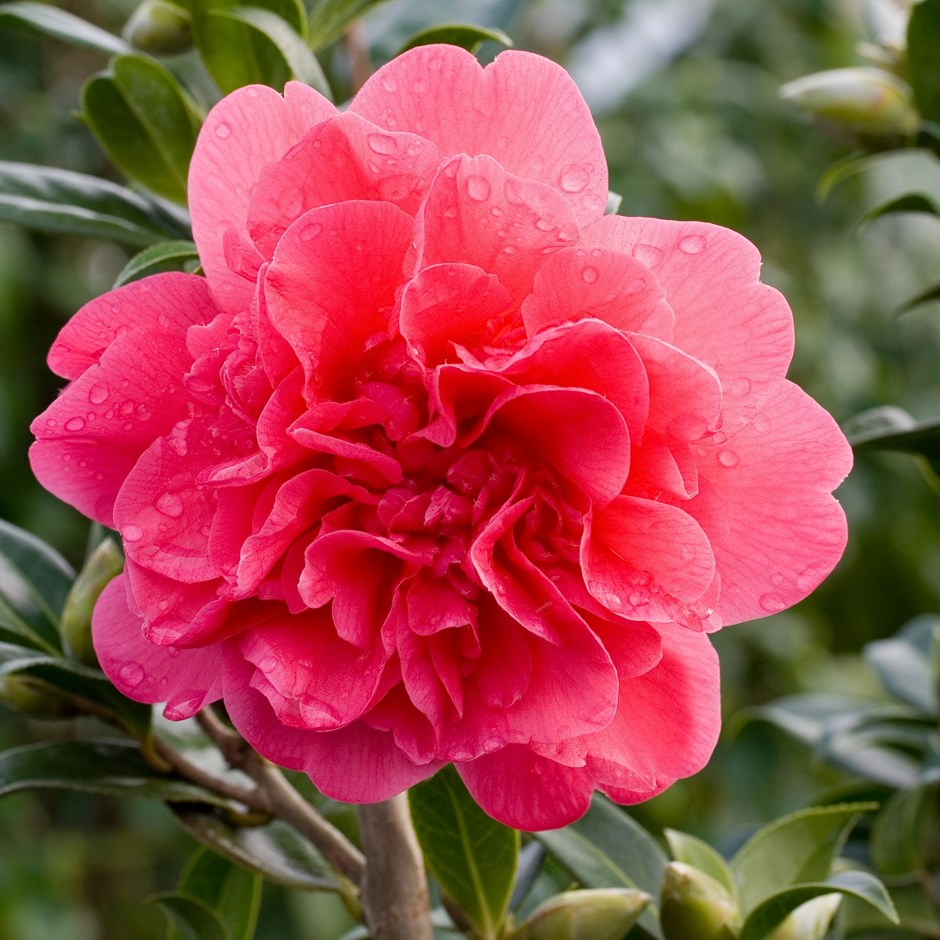
Extremely hardy: Camellia × williamsii Anticipation
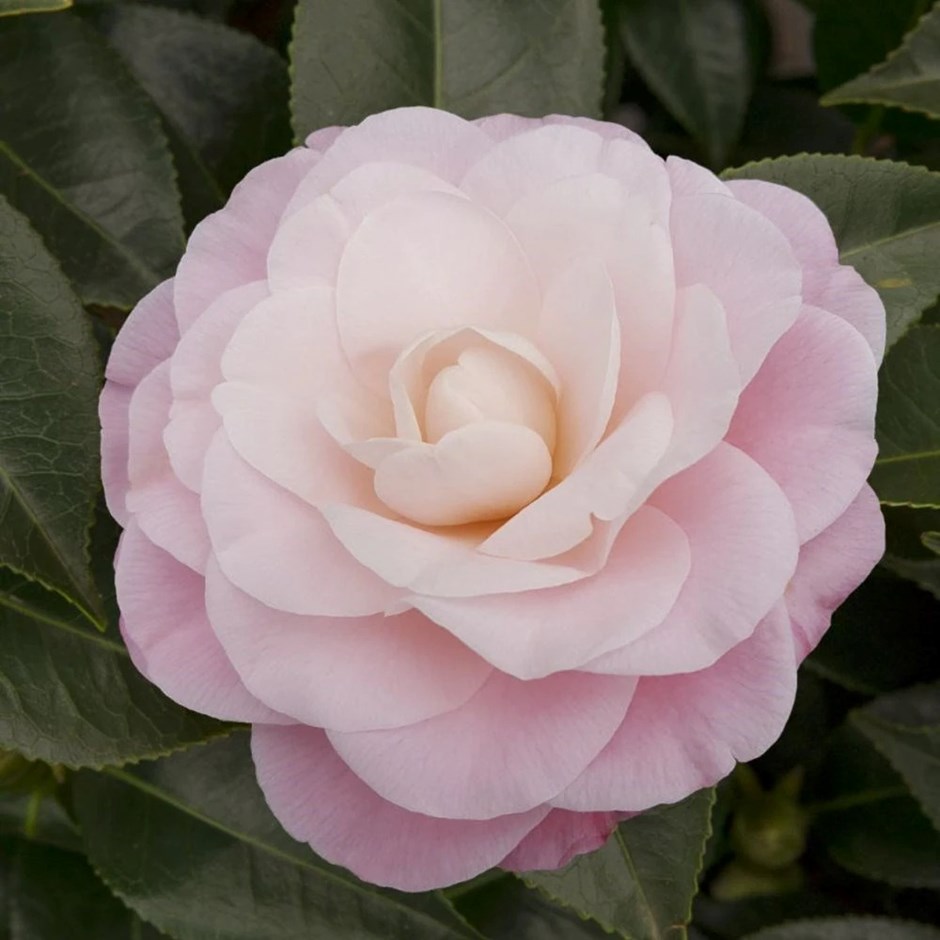
Long flowering: Camellia Japonica Nuccios Cameo
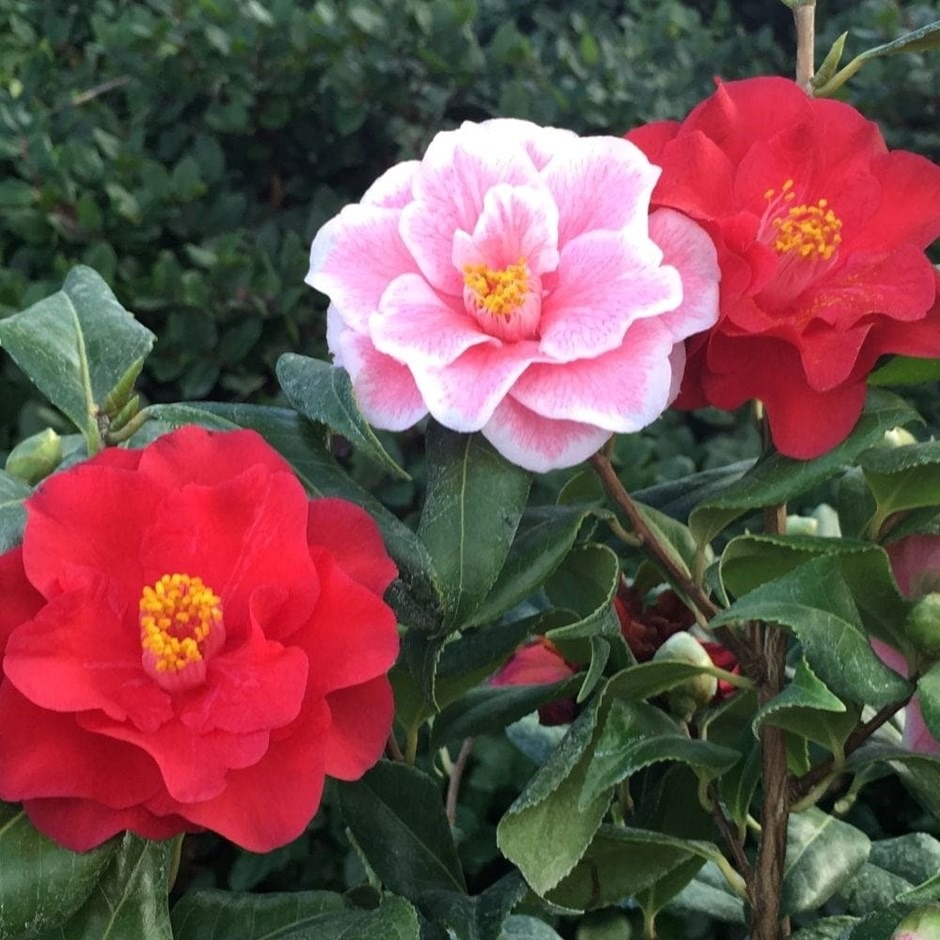
Semi-double flowers: Camellia japonica Lady Vansittart
Rhododendrons
Bursting with spring and summer colour, Rhododendrons are brilliant for butterflies and bees with their huge and bountiful flowers. If you’ve seen any rhododendrons in your area this year, that means you’ll be reasonably safe planting them in the ground, otherwise start with a container until the plant’s good and established – they’re acid lovers just like the camellia above.
Plant them relatively close to the surface – cover the roots but don’t bury them 2 feet down. And stick to partial shade unless it’s a ‘dwarf alpine species’ which will take all the sun you give it.
If you’d like to read all about rhododendrons and their sisters azaleas, check out this complete guide to rhododendrons!
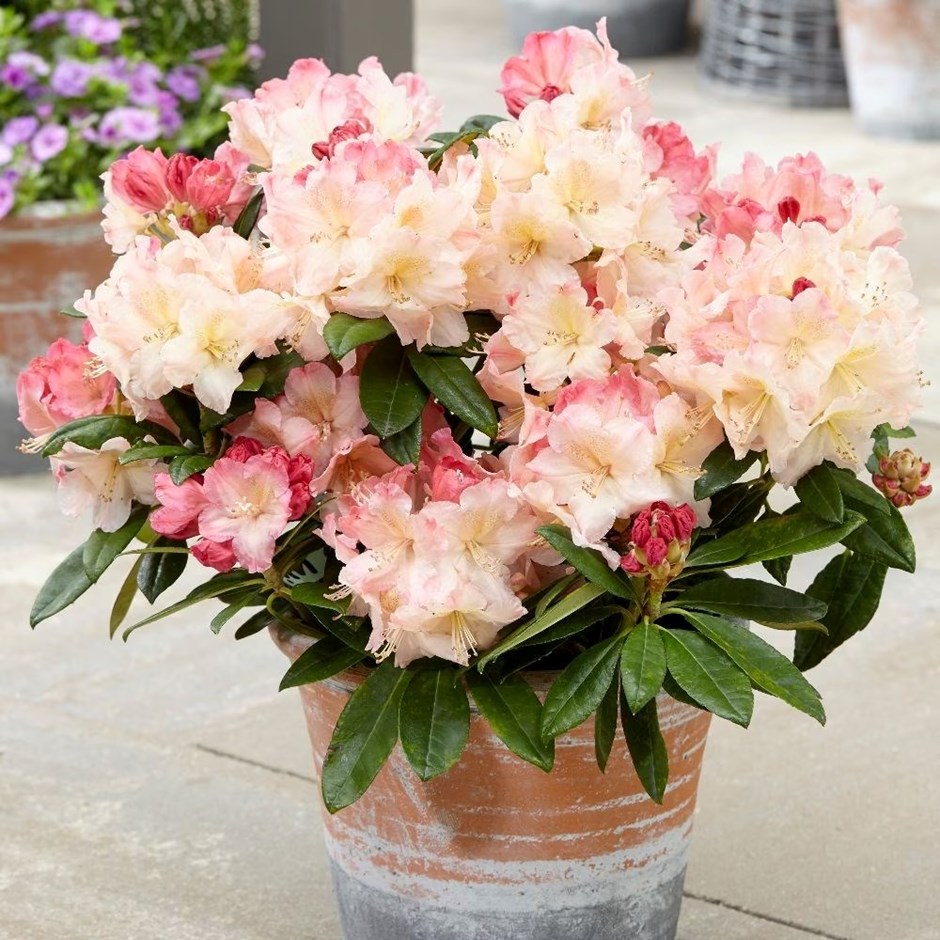
Free-flowering: Rhododendron Percy Wiseman
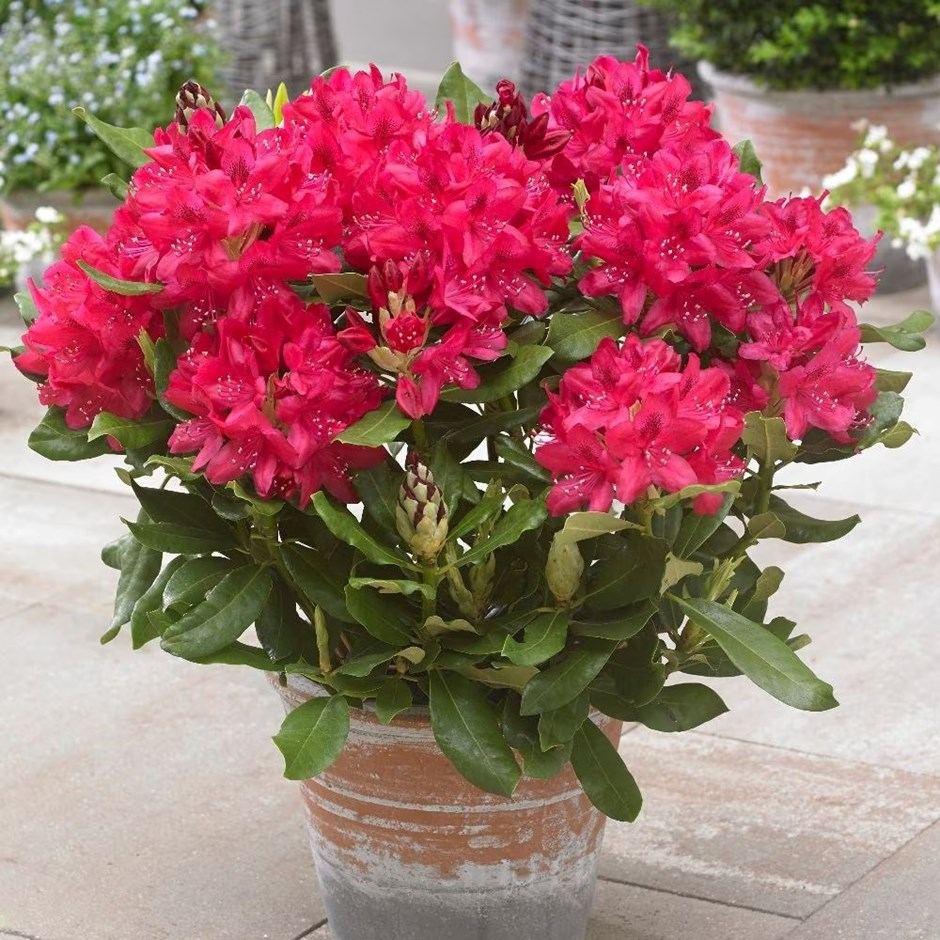
Bold colours: Rhododendron Nova Zembla
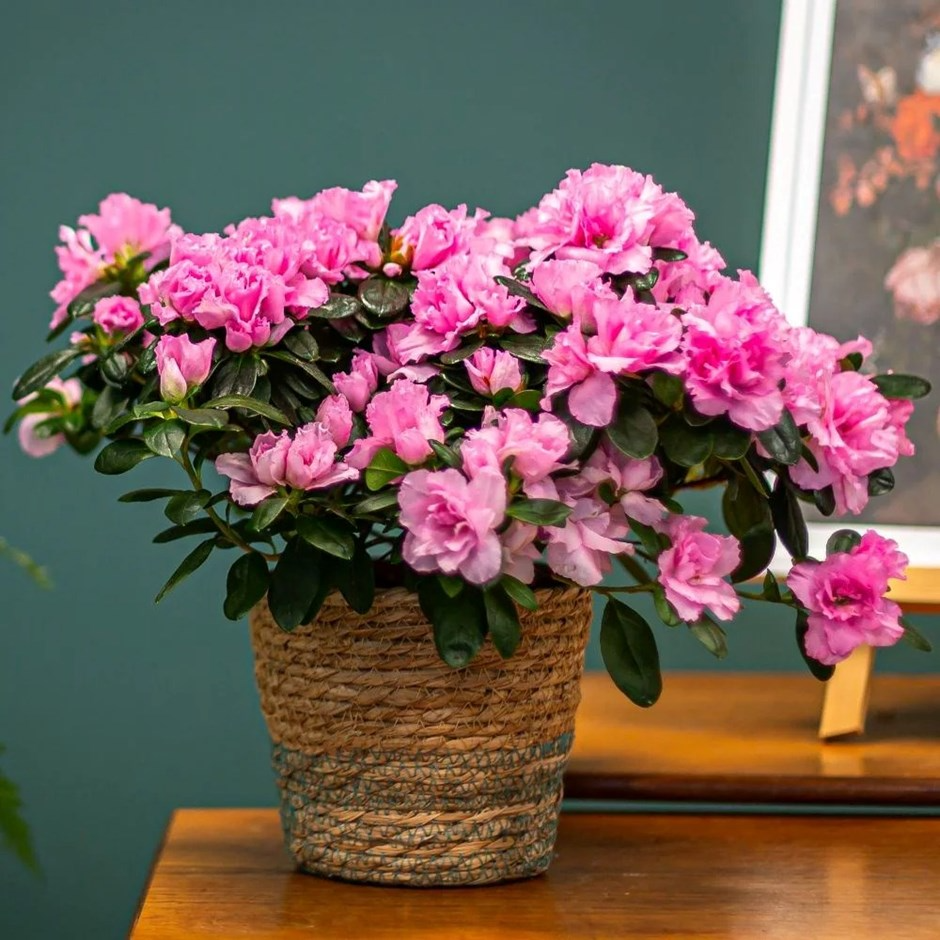
Ruffled pink flowers: Azalea Flandresse Pink
Helleborus
If ‘winter interest’ sounds intriguing to you then Helleborus should be right up your garden path. Late-flowering, to the point that they’ll likely arrive flowering if you choose the right species, these ‘winter roses’ are as hardy as they come and well suited to the UK’s climate. Keep them well-drained, in a shady spot away from midday sun, and you can let these ones get a bit alkali so any multi-purpose compost should suit them fine.
If they’re struggling in a flowerbed, transfer them to a pot with mushroom compost. Again, make sure there’s drainage to stop the roots from drowning.
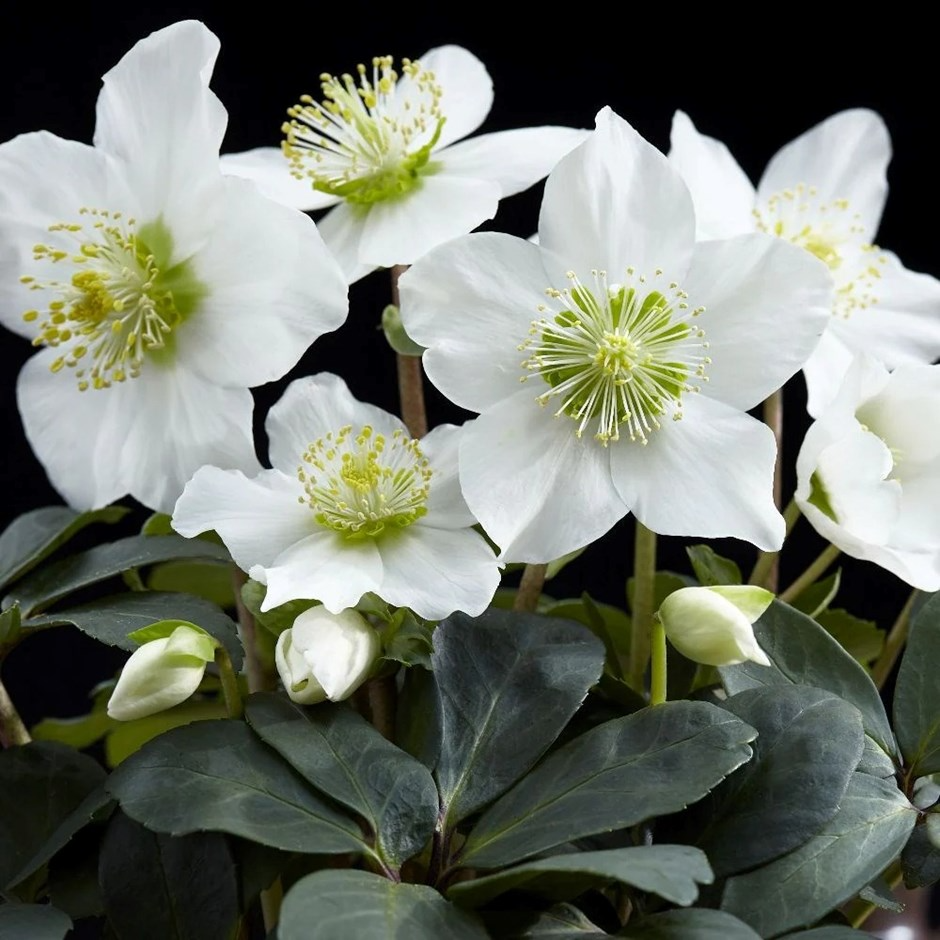
Early-flowering: Helleborus Niger Christmas Carol
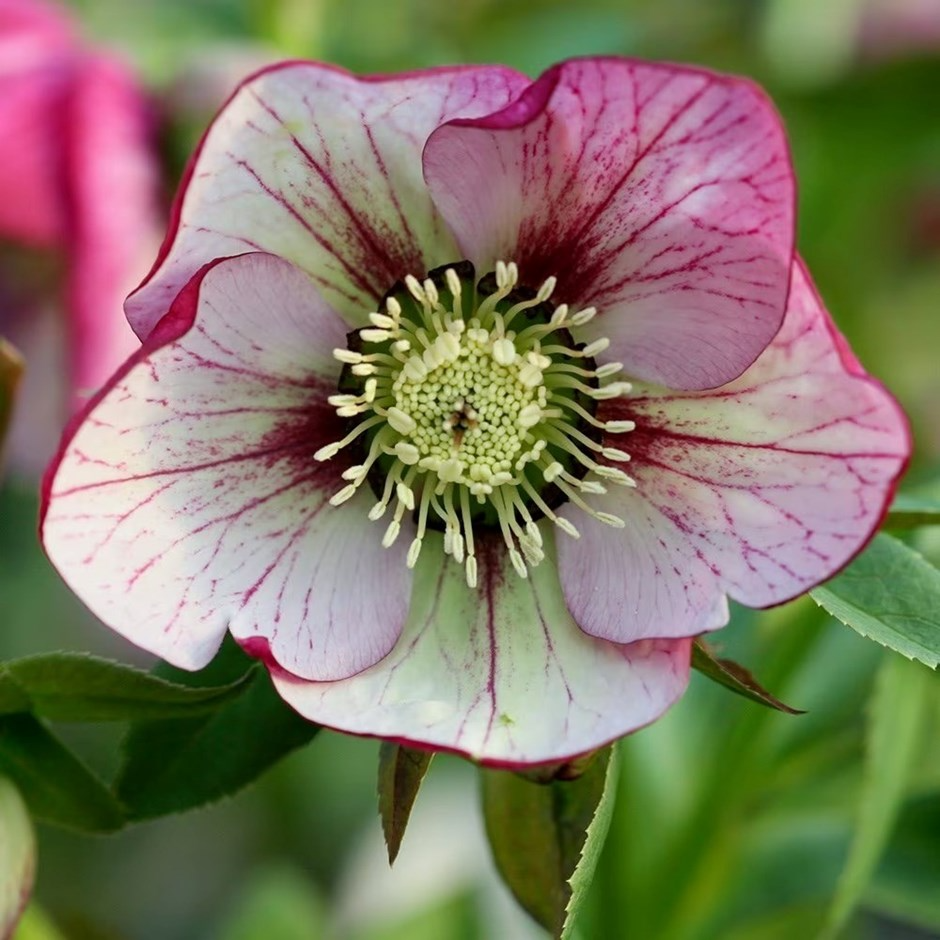
Frost hardy: Helleborus Harvington Picotee
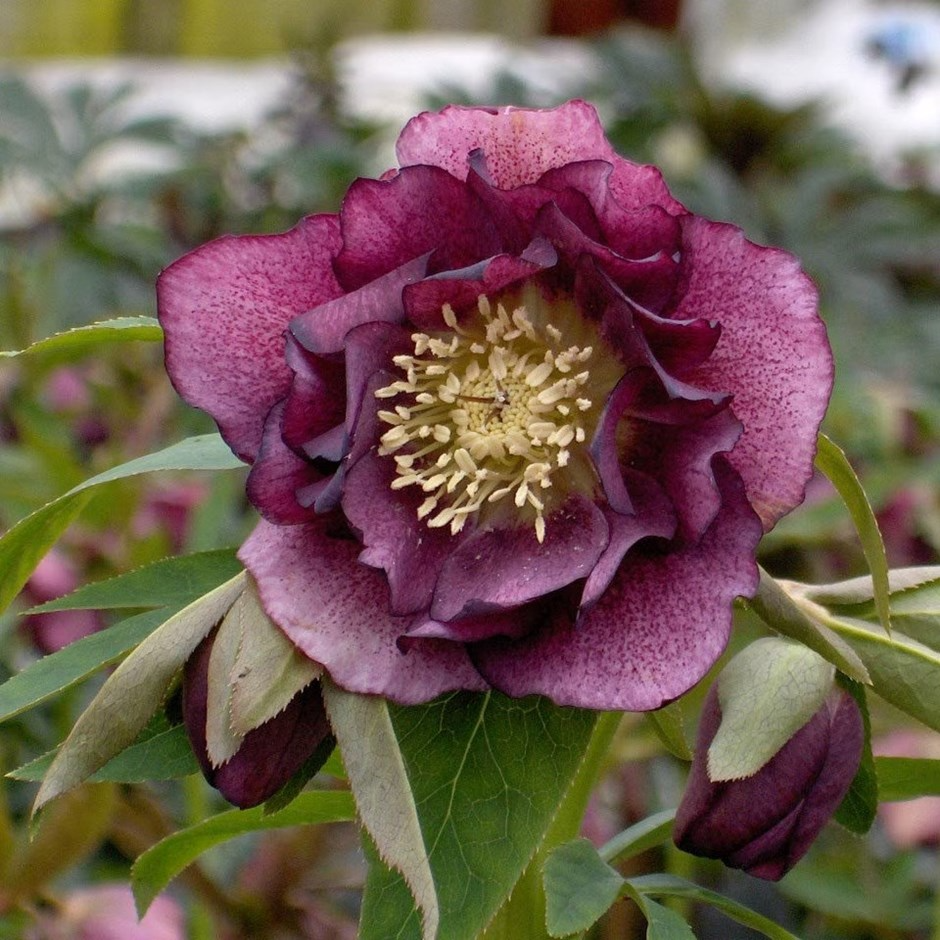
Rich colour: Helleborus Double Ellen Red
Spring bulbs
A bit of a cheat as this is talking about every bulb you could plant for spring, but the main suspects are Alliums, Tulips, Crocus and Daffodils. Each has slightly different planting depth requirements and eventual heights, which means you can get really creative and plant a bulb lasagne for a rotating series of flowers in one single pot or bed (the pot is easier for the lasagne technique).
Get them in the ground to overwinter during the coldest months, and your garden will come alive in spring as each bulb makes its way to the soil surface. Play around with heights, shades and species for a meadow look the wildlife will love.
What Fruit to Plant in October
Rhubarb
Rhubarb is perfect for jams, sauces, or as a delicious topping for breakfast or desserts. When planted and cared for properly, it will return year after year. Plant it now for a harvest starting in March, once the leaves are large and the stalks begin to droop under their own weight. Choose a sunny spot with well-draining soil, and protect young plants from slugs and snails, which are drawn to the tender fruit-like stalks.
Blueberries
Blueberries are often called the ultimate superfood, packed with vitamin C and antioxidants. Their flavour is sweet and mild, and their deep blue berries add both taste and charm to any garden. In autumn, many varieties even treat you to striking red leaves, bringing a splash of colour when most plants are fading. For best results, plant them in full sun and somewhere sheltered from strong winds, which can disturb their shallow roots. They love acidic soil with plenty of drainage—mix in some gravel if needed. With a bit of patience, you’ll be harvesting plump berries by next May.
Bare root fruit trees
October is an excellent time to plant bare-root apple and pear fruit trees, as the soil is still warm enough for roots to establish before winter sets in. Choosing a calm, dry day helps protect the young roots from damage during planting. Before planting, soak the bare roots in water for a few hours to rehydrate them, then dig a hole wide enough to spread the roots comfortably without bending them. Position the tree so the graft union—where the rootstock meets the trunk—sits just above soil level. Backfill with a mix of garden soil and well-rotted compost, firm gently, and water thoroughly. Adding a stake for support and a mulch layer to retain moisture will help your new trees settle in and thrive come spring.
Vegetables and Herbs for October Planting
October is a great month to plant hardy winter vegetables, as the cooler temperatures and moist autumn soil create ideal conditions for germination and root development. Vegetables such as garlic and broad beans can be sown directly outdoors, giving them a strong start before the frosts set in. Choose a sunny, well-drained spot and prepare the soil by removing weeds and mixing in plenty of organic matter to improve fertility. For garlic, plant individual cloves pointed end up, spaced about 15 cm apart, and cover lightly with soil. Broad beans benefit from being sown in double rows for support. A layer of mulch will help conserve warmth and moisture, ensuring your crops are well established and ready to provide fresh, home-grown produce in the months ahead.
Like water cress, but as the name suggests this one’s grown on land. Cress can be grown for harvest in winter if you grow it under a cloche or fleece. Lots of sun (common among herbs and veg), lots of drainage, and around 15-20cm away from any other plugs. If you’re planting rows, space the rows 30cm apart.
Don’t forget to water them in after you’ve planted them, though this is true for practically everything you’ll ever plant so you probably already knew this.
October isn’t just a time for tidying up—it’s the perfect moment to set your garden up for success next year. From bulbs that’ll burst into life come spring to hardy greens that don’t mind the chill, a little effort now goes a long way. Keep an eye on the weather, make sure your soil’s in good shape, and wrap up warm while you work. After all, there’s something deeply satisfying about knowing next season’s colour and flavour are already waiting beneath the surface.
